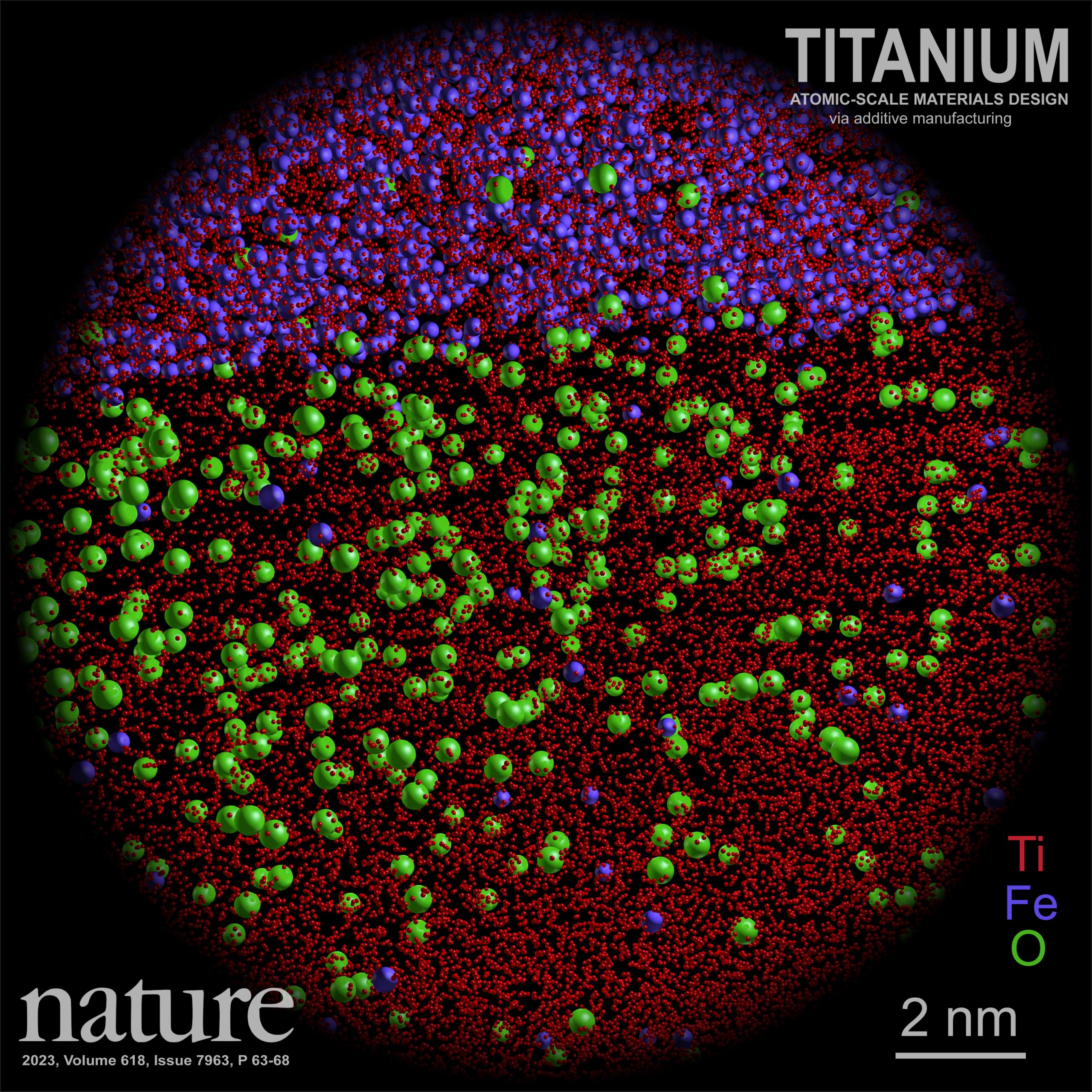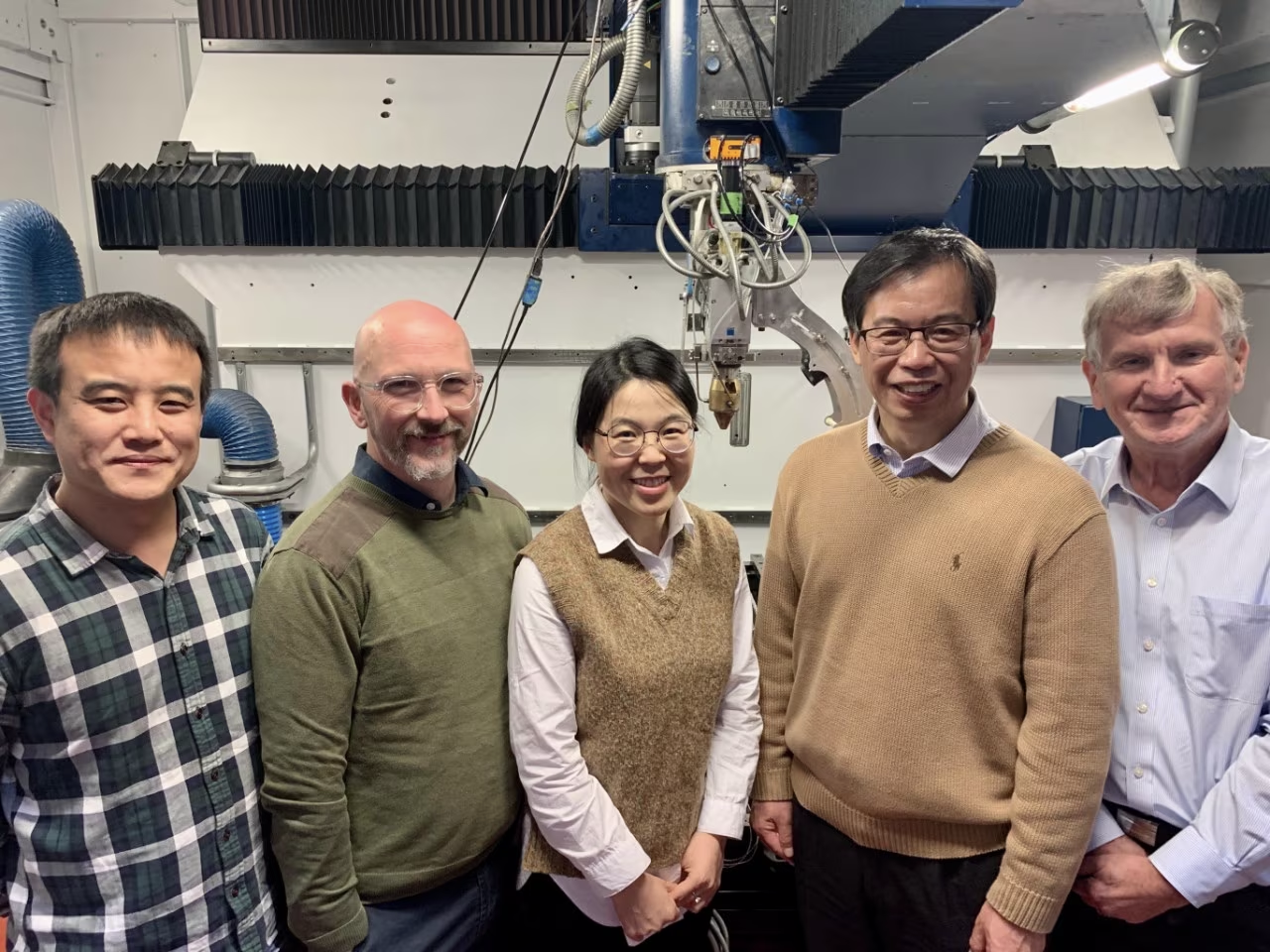Titanium alloys are crucial for aerospace, biomedical, and chemical engineering applications due to their strength, lightweight nature, and corrosion resistance. However, their brittleness at room temperature poses a challenge. To increase ductility while maintaining strength, researchers are developing high-performance titanium alloys.
Many titanium alloys incorporate aluminum and vanadium within the atomic structure to enhance ductility. Replacing aluminum with oxygen could boost strength by 20 times. The drawback of oxygen with current production methods is that the atoms escape their intended locations and move through the atomic structure of the alloy, collecting to form weak points, causing embrittlement. Iron is a cheaper vanadium alternative, but high iron content has previously led to undesirable mechanical properties. A new production method is needed to realise the value of oxygen and iron as alloying elements in titanium.
Researchers from the University of Sydney, RMIT University, Hong Kong Polytechnic University and Melbourne company Hexagon Manufacturing Intelligence have published a breakthrough study in Nature. They used Laser Directed Energy Deposition (L-DED), an additive manufacturing technique that is ideal for large and intricate objects, to control and lock-in the locations of oxygen and iron in the alloy. The process allows the creation of alloy segments with high oxygen content for strength and segments with low oxygen content for ductility. These segments can be tuned to make the alloy stronger, or more ductile, depending on its intended end use.
Advanced atomic-scale microscopy called atom probe tomography (right) at Microscopy Australia’s University of Sydney facility was used to confirm the 3D locations of iron and oxygen atoms within the alloy. Our linked laboratory at RMIT provided critical insights for the multi-scale characterisation.

Atoms in the 3D-printed titanium alloy showing two distinct segments: the ductile low oxygen segment and the stronger high oxygen segment. The image is adapted from atom probe tomography (APT) data from Microscopy Australia’s University of Sydney facility revealing oxygen atoms (green) partitioned to the alpha phase, and iron atoms (blue) partitioned to the beta phase. Atomic sizes are arbitrary.

Left: One of the atom probes at Microscopy Australia’s University of Sydney facility. Right: Prof. Simon Ringer, one of the project leads and a key user of Microscopy Australia’s atom probe tomography suite.
This new design will provide lighter, stronger, cheaper, and more ductile titanium alloys for applications in aerospace, defence, transport, medical implants, and more. It also presents an opportunity to utilise iron- and oxygen- rich sponge titanium as a feedstock, a waste product of mainstream titanium production, reducing the titanium industry’s carbon footprint. This breakthrough offers tremendous potential to reduce waste and environmental impact while delivering superior performance.
Senior authors Profs Ma Qian (RMIT) and Simon Ringer (Sydney) are excited about the wider potential beyond titanium of this design approach, and the implications for other critical metals like zirconium, niobium, and molybdenum. Australia’s collaborative research infrastructure strategy played a vital role in this work, with the potential for future advancements in advanced manufacturing.
“In many ways, this work showcases the power of Australia’s national collaborative research infrastructure strategy and sets the scene for extending this strategy into advanced manufacturing,”said lead researcher Zibin Chen.

collaborators from RMIT: Dr Shenglu Lu, Alan Jones, Dr Tingting Song, Professor Ma Qian and Professor Milan Brandt (left to right) in front of the laser 3D printer that the team used at RMIT.
T. Song et al., Nature 2023
DOI: 10.1038/s41586-023-05952-6
Atom probe tomography map of atoms in the 3D-printed titanium alloy showing two distinct segments: the ductile low oxygen segment and the stronger high oxygen segment.
September 21, 2023